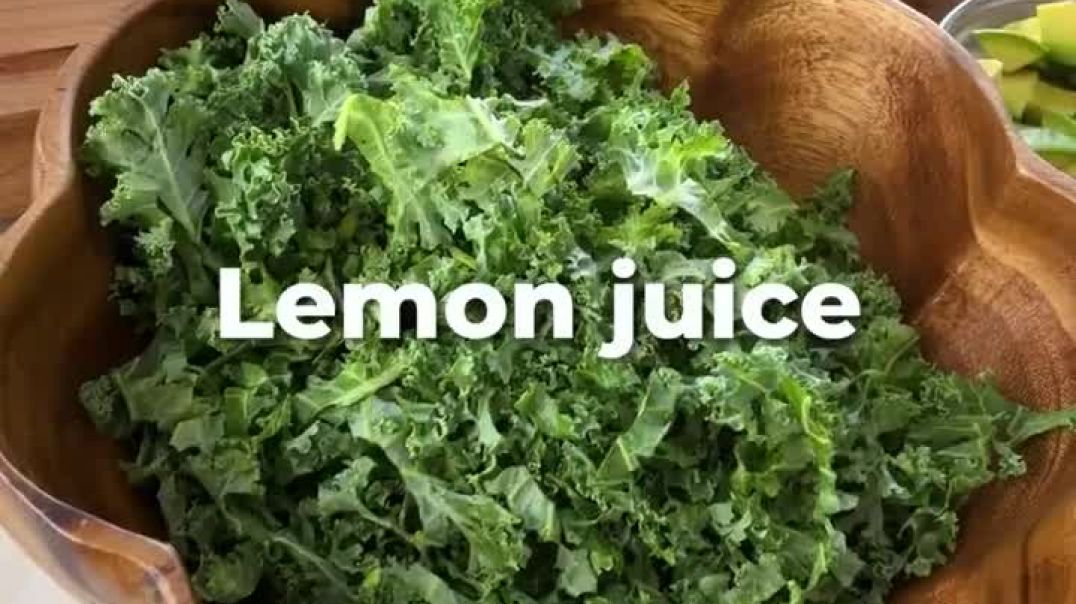How to manage Cancer Pain, WHO analgesic ladder (Hinglish) #totalpain, #totalcancerpain, #cancerpain
When the cancer grows into or destroys nearby tissue, it could cause pain. Depending on where the cancer is located, the cancer can cause pain either by expanding itself at the local site or it may spread to other tissues/organs (metastasis), thus causing pain and other symptoms from these tissues/invaded organs e.g. nerves, bones, visceral organs, etc.
In these situations, cancer treatment such as surgery, radiation and chemotherapy helps ease the pain. However, the same cancer treatments might also be the cause of pain. so, whatever may be the cause of pain, cancer patients should get relief. World Health Organization recognized the relief in cancer pain as an essential component of cancer treatment. In line with this, WHO formulated a step wise approach as a part of global strategy for cancer pain relief. In this video, we would discuss the various aspects of WHO ladder formation. This video is based on our current knowledge and understanding; and is meant for medical and healthcare professionals. We expect this video to help medical students and healthcare professionals in their approach to cancer patients and cancer pain management.
Disclaimer: This video contains information on different aspects of medical care and/or medications and treatment modalities; and the way that these are sometimes used for palliative care. This information is for education and awareness purpose only. This video is particularly meant for medical and healthcare professionals. It should not be used as a prescription or otherwise. For clarity please read the available literature on the topic. For a better understanding, please consult and discuss with doctor, nurse, pharmacist and other members of your healthcare team. Do not use any information or medication without medical supervision. Any similarity with the information provided elsewhere is not intentional and purely coincidental. Medical information is dynamic and keeps advancing; this video is based on current knowledge, understanding and practice. This video contains general information about the topic; for specific information kindly refer to the available literature or discuss amongst the respective healthcare team.
Similar Google search:
How do you deal with cancer pain?
Why are some cancers so painful?
How do you deal with severe pain?
What stage of cancer is painful?
Cancer pain relief tablets
Cancer pain relief injections
Cancer pain relief at home
Is the WHO analgesic ladder still valid?
What is the WHO 3 step analgesic ladder?
What is the World health Organisation analgesic ladder?
When was the WHO analgesic ladder modified?
How many steps are in the World Health Organization ladder?
What is Step 2 of the WHO pain relief ladder?
What is the WHO ladder?
Is the WHO analgesic ladder still valid?
Interventional treatment of cancer pain: the fourth step in the World Health Organization analgesic ladder?
#painwarriors #CancerPain, #WHOanalgesicladder, #cancer, #cancersymptoms, #palliativecare, #painmanagement , #HOSPICEINDIA, #hospiceindia, #hospiceinindia, #cancer, #pain, #WHOladder, #cancerpain, #WHOpainladder, #WHO3stepladder, #endoflifecare, #painmanagement, #morphine, #fentanyl, #palliativecare, #palliative, #symptom, #symptomcontrol, #hospicein, #hospicecare, #hospicecareinIndia, #careofterminallyill, #painladder, #analgesia, #painrelief, #whatis, #wholadderinhindi, #legend
Link to References:
1. World Health Organization. (1986). Cancer Pain Relief.
http://apps.who.int/iris/bitst....ream/handle/10665/43
2. World Health Organization. (1996). Cancer Pain Relief (Second Edition), with a guide to opioid availability.
http://apps.who.int/iris/bitst....ream/handle/10665/37
3. World Health Organization. (1998). Cancer pain relief and palliative care in children. World Health Organization. Companion volume to: Cancer pain relief : with a guide to opioid availability.
https://apps.who.int/iris/handle/10665/42001, https://apps.who.int/iris/bitstream/handle/10665/42001/9241545127.pdf?sequence=1&isAllowed=y
4. WHO Guidelines for the pharmacological and radiotherapeutic management of cancer pain in adults and adolescents.(2018)
https://www.who.int/publicatio....ns/i/item/9789241550
5. 1. Global year against cancer pain: October 2008-October 2009: Total cancer pain. [Last accessed on 2013 Oct 20]. Available from: http://www.iasp-pain.org/AM/Te....mplate.cfm?Section=H and Template=/CM/ContentDisplay.cfm andContentID=8705 .
6. Richmond C. Dame cicely saunders. BMJ: British Medical Journal. 2005 Jul 23;331(7510):238.
https://www.ncbi.nlm.nih.gov/p....mc/articles/PMC11797






















SORT BY-
Top Comments
-
Latest comments